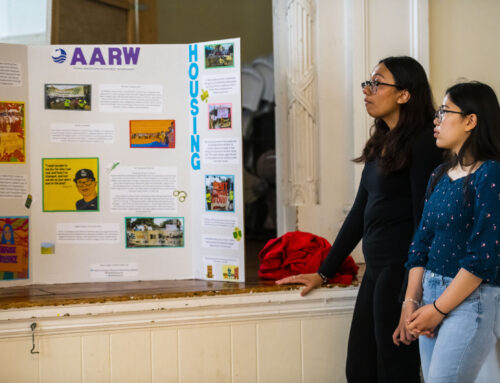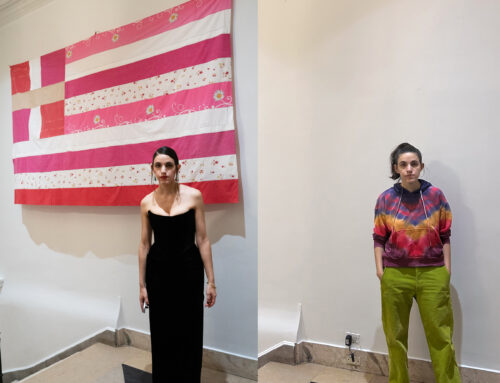For me, a newly graduated fashion student, the medium of fashion holds a deep philosophical ideology. It translates to limitless self-expression and boundless creative identity, worn like a badge declaring, “This is me. Here I am.” It’s wearing your heart on your sleeve and imprinting how you’d best like to express who you are through visual presentation. However, to the women actually making these garments, fashion may be the overarching, looming conduit for a seemingly endless cycle of poverty, suffering, and even modern slavery.
While the rapacious production of cheap garments causes immense pollution and the overall rampant abuse of our environment, mother nature is far from the only feminine force being blatantly exploited to line the pockets of fashion’s one percent. With approximately 40 million garment workers in the world, a whopping 85 percent of them are female. When taking into consideration that 97 percent of all items are outsourced to developing countries, these women are among the most vulnerable and lowest paid laborers in the world.
While our retail prices deflate, factories’ costs to produce only rise. Western brands vigorously compete with one another for the lowest possible price tag while these seamstresses are truly the ones paying the price and carrying the weight. Low wages, forced labor, unsafe working conditions, and even factory disasters are altogether ignored and excused due to the utter and desperate need for cheap employment.
The disproportionate ratio of female to male garment workers comes as no surprise, and is due to no coincidence or accident. It is rooted in discriminatory practices that aid in facilitating the destructive hamster wheel that is fast fashion. With China being the world’s largest garment exporter, more than 70 percent of their laborers are women. With Bangladesh being the second, 85 percent are female, and in Cambodia, the percentage reaches a staggering 90 percent. While seamstresses’ concerns are brushed off, and complaints are not to be condoned, women are considered far more desirable in loosely monitored and minimally regulated supply chains to ensure waves will not be made. Circumstances as catastrophic as the 2013 Rana Plaza factory collapse in Dhaka, Bangladesh killed 1,129 employees, despite the fact that workers previously advised management of cracks in the building. Therein lies the question, how is it possible that this gigantic and profitable industry actively ignores and turns a blind eye to the safety of millions of their workers? Unfortunately, the answer lies in that the economic benefits of the few outweigh the essential human rights of the many.
With store closures and canceled orders due to the recent novel coronavirus, textile workers overseas were denied wages and left destitute. Exacerbating the already dire issue, the desperate conditions brought about by COVID-19 left these laborers even more vulnerable to exploitation, subjected to sexual harassment, physical abuse, and forced labor. According to the annual Modern Slavery Index, the world’s most dominant garment exporters, China, Bangladesh, India, Vietnam, Cambodia, Myanmar, and Indonesia have all respectively reached their worst forced labor rankings since 2017.
In recent months, forced Uighur labor in Chinese factories has been making headlines, implicating a plethora of high-profile fashion labels. Meanwhile, this summer in Britain, fast fashion brand Boohoo has come under fire for allegations of ‘modern slavery’ at the label’s Leicester suppliers. While far from their first offense, new reports claim the garment workers were forced to continue in their work, being paid below the minimum wage, despite exposure to Covid-19 and high infection rates within the factories.
As consumers, we have more power than we may think and with power, comes responsibility. It is imperative that we demand supply chain transparency and ethical sourcing from the massive retailers we support. We must engage in conscious consumption and request that these brands implement more principled practices from conception to actualization. Fast fashion is the tainted root of the blatant exploitation of both our garment workers and our planet. By participating in this reckless and inhumane cycle that is fast fashion, we compromise the integrity and the essential human rights of our sisters laboring in garment factories, from overseas to our own backyards.




